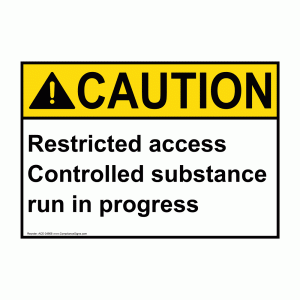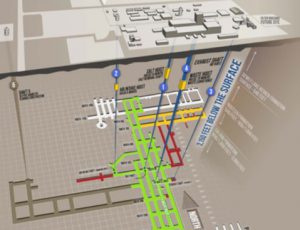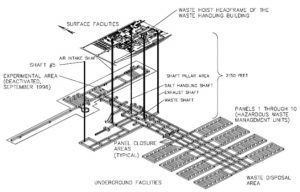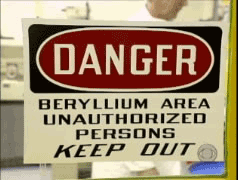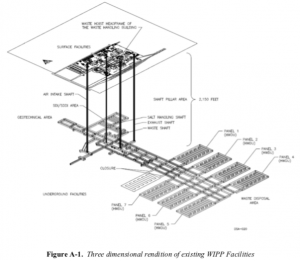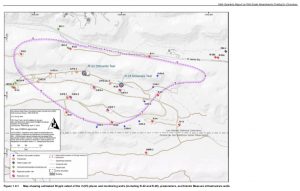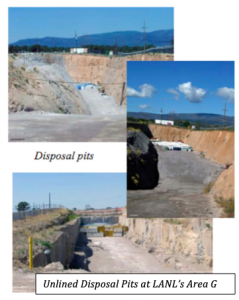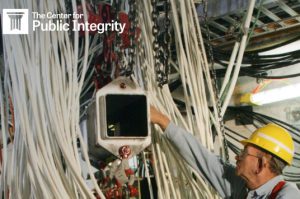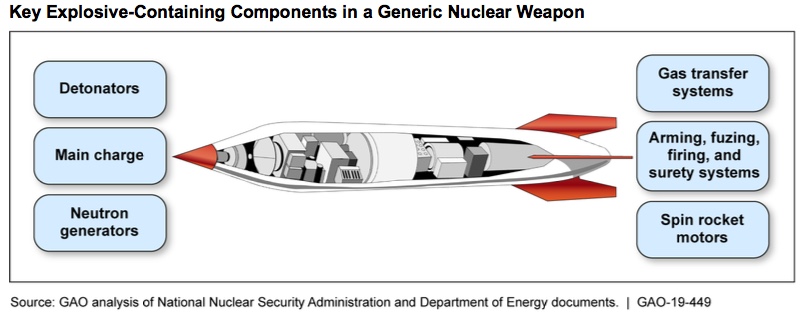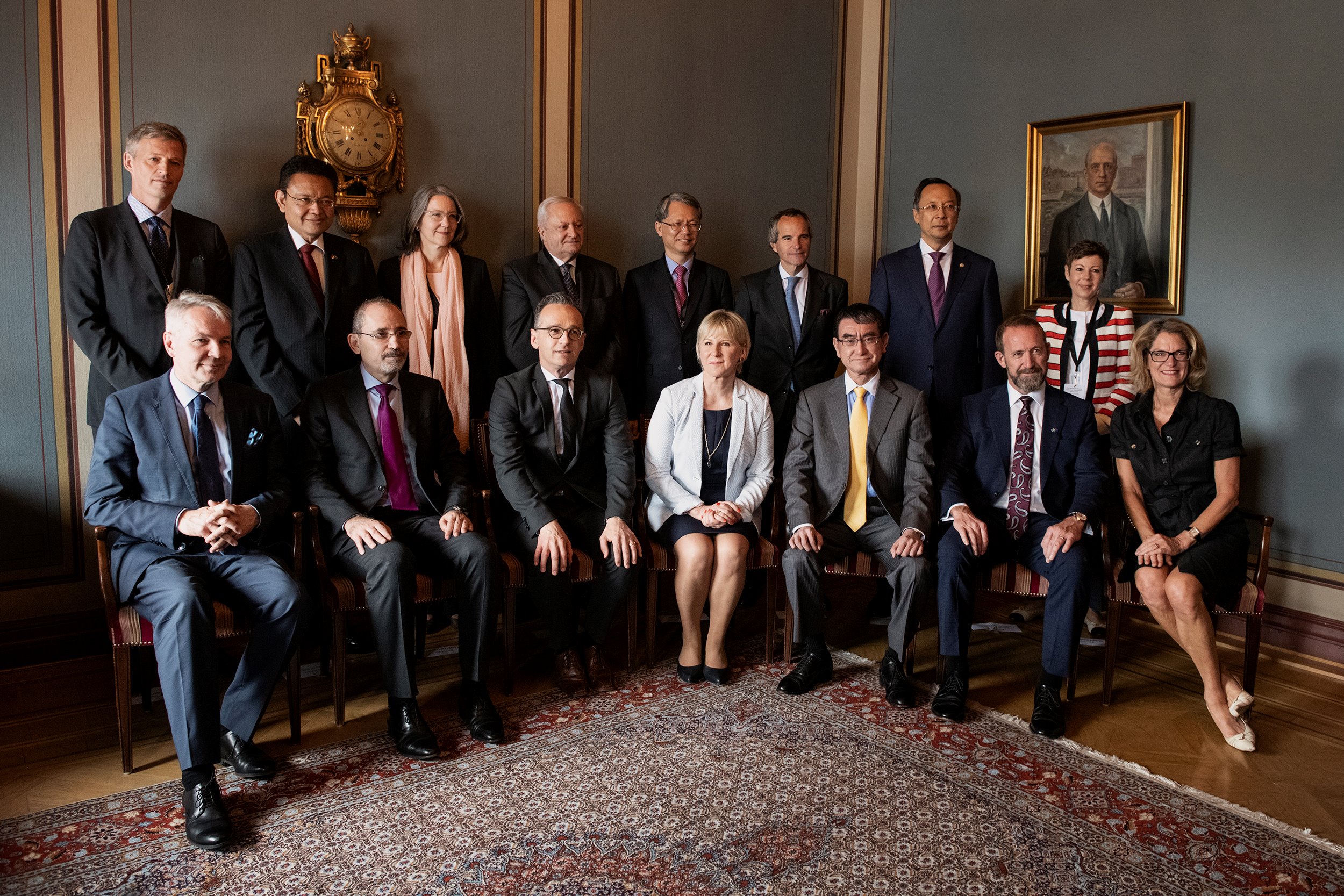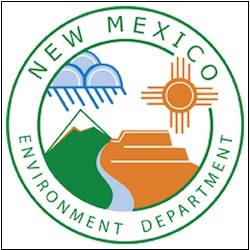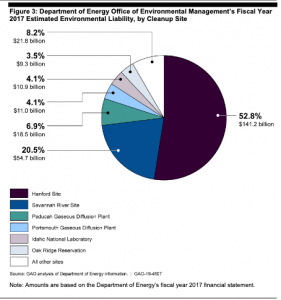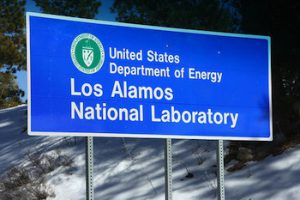Santa Fe, NM – Today, the Santa Fe New Mexican newspaper reported:
“Santa Fe city leaders asked for developers’ ideas on what to do with the city-owned midtown campus…The National Nuclear Security Administration [NNSA], which administers the Los Alamos National Laboratory management and operating contract, submitted a master developer proposal to build an open-campus environment with administrative offices, sustainable green spaces, engineering space, light manufacturing, training facilities and research and development…
[A NNSA spokesperson said] “LANL is undergoing unprecedented growth and expects to hire more than 1,000 new personnel annually for the next several years. Having a new campus — midway between New Mexico’s two national laboratories [LANL and Sandia]— to house professional staff, scientists, and engineers in partnership with the city of Santa Fe — would be very beneficial.” ”
LANL’s growing jobs are primarily for expanded production of plutonium pits (the radioactive triggers of nuclear weapons) which helps to fuel the new global arms race. Over the last decade the Santa Fe City Council has passed three different resolutions against expanded plutonium pit production. Seventy percent (and growing) of LANL’s ~$2.6 billion annual budget is for core nuclear weapons research and production programs, while the remainder directly or indirectly supports those programs. In contrast, LANL’s renewable energy budget is .007% of its nuclear weapons budget and the Lab has zero dedicated funding to fight climate change. Moreover, LANL claims that its cleanup is more than half complete, intentionally omitting that it plans to leave ~150,000 cubic meters of toxic and radioactive wastes permanently buried uphill from the Rio Grande and above our common groundwater aquifer.
Just this last Sunday Pope Francis called for the abolition of nuclear weapons while in Japan paying homage to the victims of the Hiroshima and Nagasaki bombings. Those atomic bombs were designed and produced at the Los Alamos Lab.
The City of Santa Fe’s official name is the “La Villa Real de la Santa Fe de San Francisco de Asís” (“The Royal Town of the Holy Faith of Saint Francis of Assisi”), in honor of the beloved saint who preached peace and environmental protection and from whom the present Pope draws his name. It would be supremely ironic if the City of Santa Fe hosted a satellite campus for a massive institution that spends 2 billion dollars (and counting) every year on nuclear weapons of mass destruction.
Jay Coghlan, director of Nuclear Watch New Mexico, commented, “Mayor Webber and the Santa Fe City Council surely know that the institutionalized presence of a nuclear weapons production laboratory in our city would generate a tremendous amount of controversy, a controversy they could well do without. The leaders of the City of Santa Fe should nix LANL’s proposal for a satellite campus in our town as a nonstarter and an affront to St. Francis de Assisi, the saint of peace.”
# # #
The Santa Fe New Mexican article is available at

